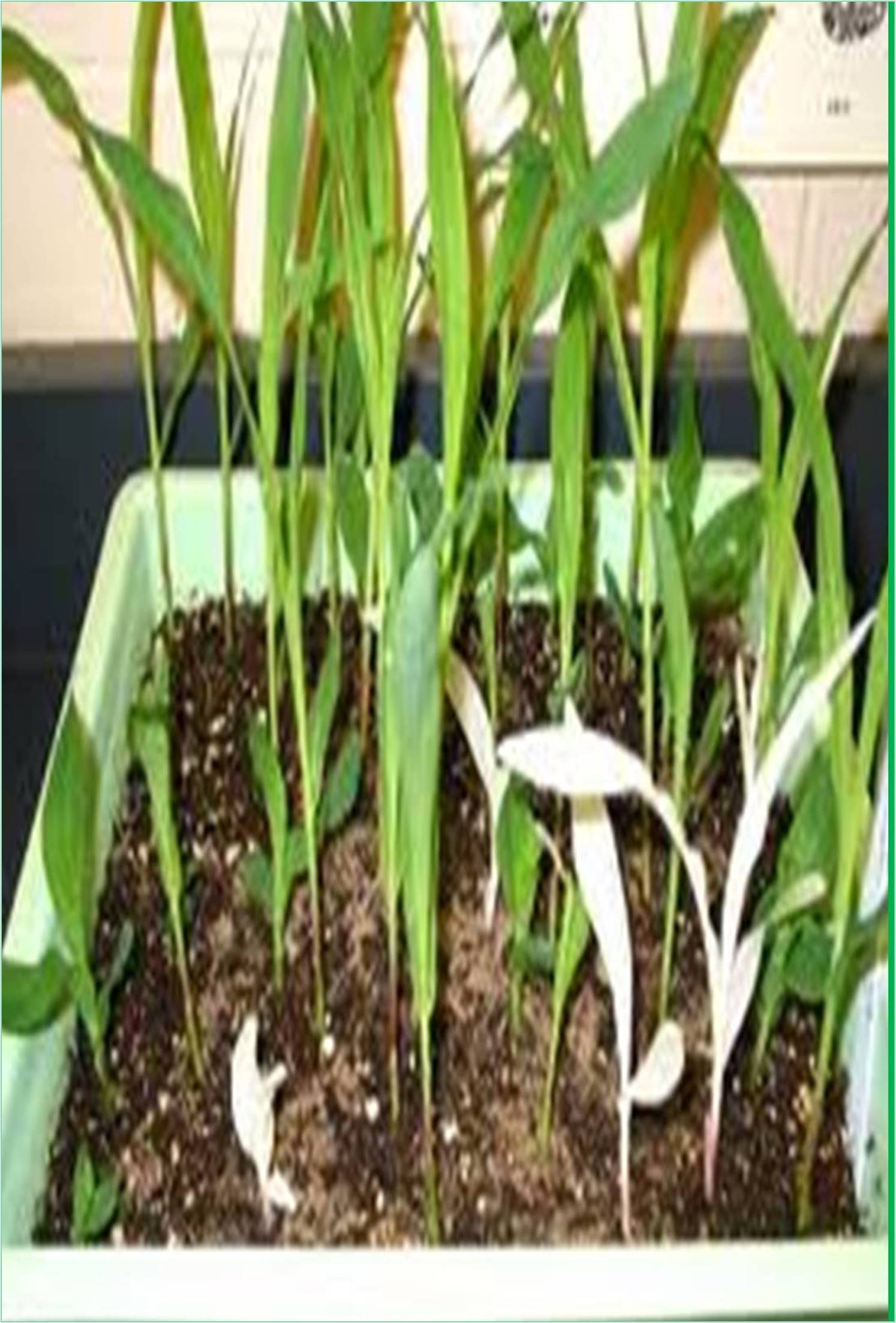



Received: 01-Feb-2022, Manuscript No. GJPGG-22-59121; Editor assigned: 03-Feb-2022, Pre QC No. GJPGG-22-59121(PQ); Reviewed: 17-Feb-2022, QC No. GJPGG-22-59121; Revised: 21-Feb-2022, Manuscript No. GJPGG-22-59121(R); Published: 28-Feb-2022, DOI: DOI:10.15651/2449-0598.22.9.120.
Ginger (Astringent, Aromatic) is a plant native to Asia. Ginger spice comes from the roots of the plant. It is used as a flavoring and medicine for foods. Ginger contains chemicals that reduce nausea and swelling. These chemicals appear to work in the stomach and intestines, but they can also help the brain and nervous system control nausea. People generally use ginger for many types of nausea and vomiting. It is also used for dysmenorrhea, osteoarthritis, diabetes, migraine, and other conditions, but there is no good scientific evidence for many of these uses. There is also no good evidence to support the use of ginger in COVID-19.
Ginger is one of the primary high-price coins vegetation in Nepal. Low yield, traditional farming, and restrained get entry to manufacturing assets inclusive of stepped forward cultivars, manufacturing technologies, and extension offerings are the prevailing issues of Nepali ginger farmers. This study aimed to discover the proper ginger farming era thinking about yield, income, and environment. The vegetation decided on for intercropping have been Maize, Chilli, Okra and Pigeon Pea and as cultivated as length of one season vegetation (i.e. nine months). The test has to be performed in a randomized whole block layout with four replications. The distinction amongst the remedies at the yield of ginger changed into located to be non-significant. However, amongst all of the remedies, yield from ginger and maize mixture changed into maximum at 22.7 kg observed with the aid of using manage i.e. ginger as a mono crop. The lowest yield changed into received from ginger with pigeon pea. The wide variety of tillers/clump and plant peak changed into located to be significant. The maximum wide variety of clump at 16.0 changed into in ginger and maize mixture and lowest at 10.3 in ginger and pigeon pea mixture. The peak of the plant changed into maximum at 70.0 cm in ginger and pigeon pea mixture.
Ginger is a member of Zingiberaceae family,including turmeric, cardamom, pepper. Thai ginger is an pe - rennial herbaceous monocotyledonous plant, usually cultivated as an annual plant and known to humans for generations as a medicinal and aromatic plant. Ginger originated from Maritime Southeast Asia,it was probably first domesticated by the Austronesian people. It’s a very old cultivated and spice plant. It has been used in Asia for a long time. This is a traditional cash and spice crop between mountain and mountain farmers in Nepal. This is one of the most important high values cash crops and high quality exports grown in the low mountains of Nepal. It is cultivated as a monoculture in some parts of Nepal such as Japan and Iran, Bozipur, Salyan, etc. This crop is also cultivated as a cover crop with other crops. The economic part is the sharp and stimulating rhizome. It is aromatic and it is used in cooking such as gingerbread, biscuits, cakes, puddings, soups and pickles. Ginger is traded in three basic forms: green (fresh), Pickled or stored and dried. Only dried ginger (whole, peeled or sliced) is considered a spice. Green or fresh ginger is generally considered a vegetable; Pickled or preserved ginger is primarily for the trade of Chinese and Japanese cuisine. Also contains ginger oil and oleoresin. It was traded again. Although many countries produce ginger, im- portant exports of dried ginger are limited to the two dominant countries, India and China. At the time of delivery sufficient nutrients and water, low reduction in ginger yield from mixed cultures, and at the same time easy recovery from companion plants time.
Daily oral ingestion of ginger for 14 days 30 minutes prior to each administration of antiretroviral treatment reduces the risk of nausea and vomiting in patients treated for HIV. Oral ginger during the first 34 days of the menstrual cycle reduces the painful menstrual period somewhat. It seems to work like some painkillers like ibuprofen, mefenamic acid, or Novafen. Taking ginger with medications like mefenamic acid also seems to help. Taking ginger by mouth may help slightly reduce the pain in people with osteoarthritis. However, applying ginger gel or oil to the knees does not seem to work. Taking ginger by mouth seems to reduce nausea and vomiting in some pregnant women. However, like some anti-nausea medications, it may be slow or non-functional.